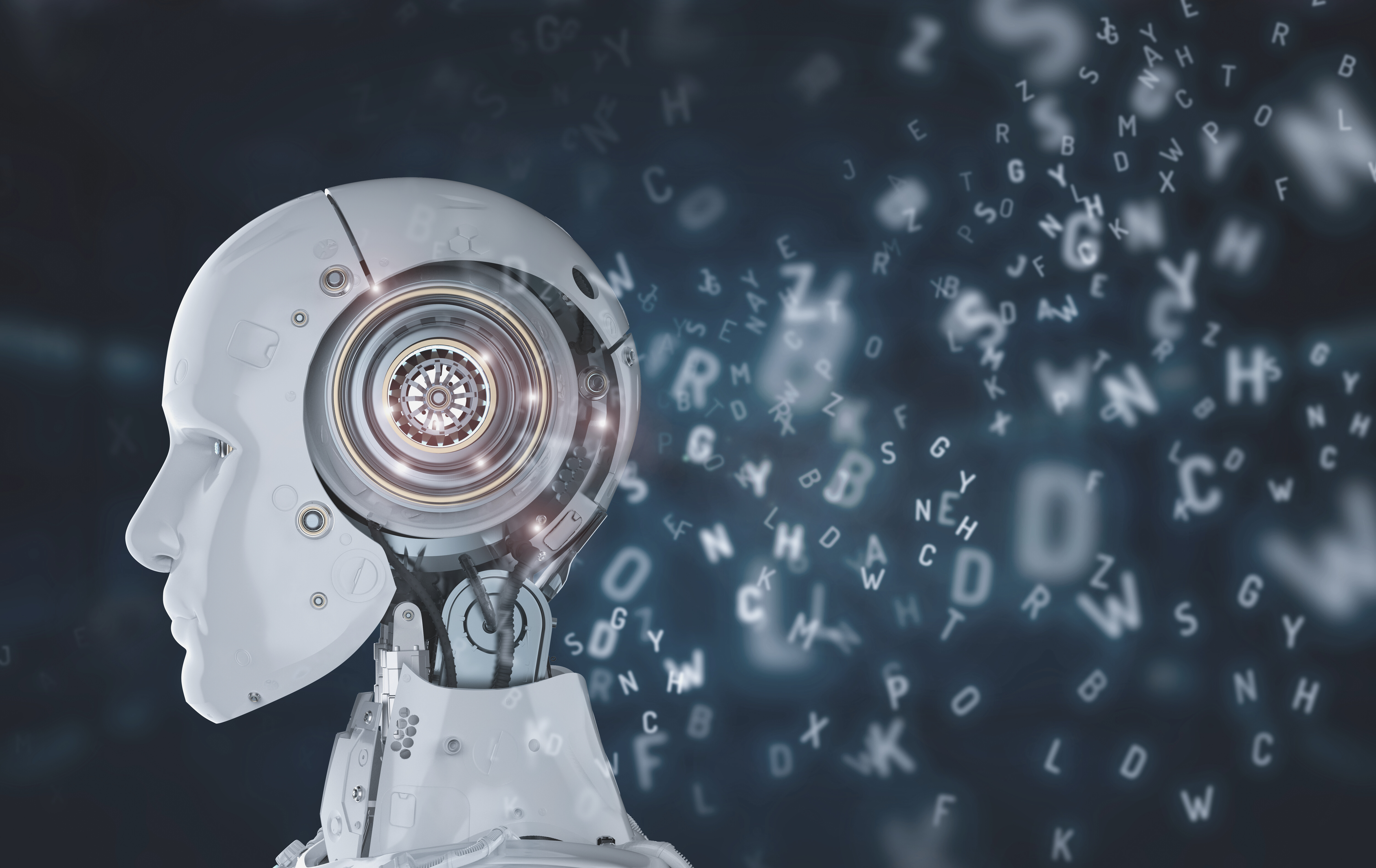OCR (Optical Character Recognition) and Deep-OCR are two technologies that are used for text recognition in digital images and scanned documents.
Text recognition is an essential step, as all further steps of document processing are based on it. Only those who read correctly can also automate correctly.
Both technologies are intended to help automate the process of extracting text from images and converting it into a machine-readable format. However, there are significant differences between the two technologies in terms of how they work and what they can do.
The problems of common OCR technologies
Traditional OCR technology is based on pattern recognition algorithms that scan the image for text and then use a set of rules to extract the text and convert it into a machine-readable format. This process involves several steps, including image pre-processing, segmentation, recognition and post-processing.
Image pre-processing converts the image into a format suitable for text recognition, e.g. by binarisation or greyscale conversion. Segmentation involves dividing the image into smaller components such as lines, words or characters to simplify the recognition process. Recognition involves comparing the segments to a database of known characters or patterns and converting the segments into machine-readable text. Finally, post-processing involves correcting errors that occurred during the recognition process, such as correcting misspelled words or correcting the order of characters.
While this OCR technology has been around for many years and is used in a variety of applications, it has its limitations. It is often not very accurate, especially with complex images, unclear or crooked scans. It can also have difficulty recognising text in different fonts, sizes and layouts.
Deep-OCR and how this new technology enables new levels of automation
Deep-OCR, on the other hand, is a recent development that harnesses the power of deep learning and neural networks to improve the accuracy and robustness of text recognition. Deep-OCR models are trained on large datasets of text images and can learn to recognise text in different fonts, sizes and layouts. The result is an OCR technology that is able to process more complex images and is less error-prone compared to traditional OCR technologies.
In Deep-OCR, the recognition process is performed by a neural network that has been trained to recognise patterns in text images. The network takes the image as input and outputs a sequence of characters that correspond to the text in the image. The network is trained on a large dataset of text images and is able to learn how to recognise text in different fonts, sizes and layouts. In addition, Deep-OCR models can handle deformations and distortions in the text, such as skewed or broken letters, which traditional OCR technologies often have problems with.
Conclusion
In summary, Deep-OCR is a more advanced form of OCR that harnesses the power of deep learning to improve the accuracy and robustness of text recognition in digital images. It is capable of processing more complex documents and is less error-prone compared to traditional OCR technology.
In addition, Deep-OCR models can recognise text in different fonts, sizes and layouts and deal with deformations and distortions in the text, making it a more versatile and powerful technology for text recognition in digital images.
Deep-OCR by natif.aiOur
Deep-OCR was specially developed by us and trained on millions of documents and handwriting examples.
We analyse every pixel on documents and infer from pixels to letters, from letters to words and analyse the context of these words.
Thus, the naitf.ai Deep-OCR technology enables a significantly more robust readout, which, together with our GPU technology, leads to real-time results. Because of this accuracy, automation rates can also be increased by up to 60 %, depending on the use case, simply through better reading.

